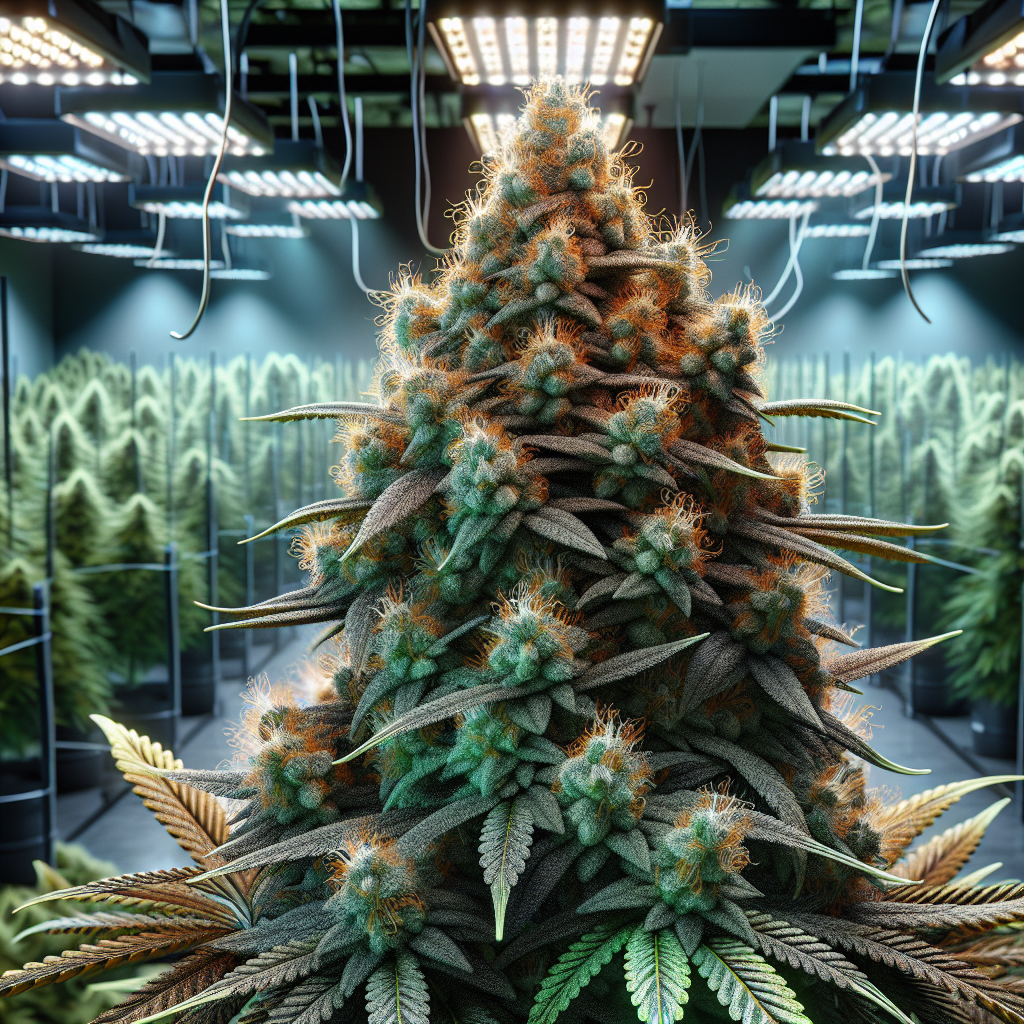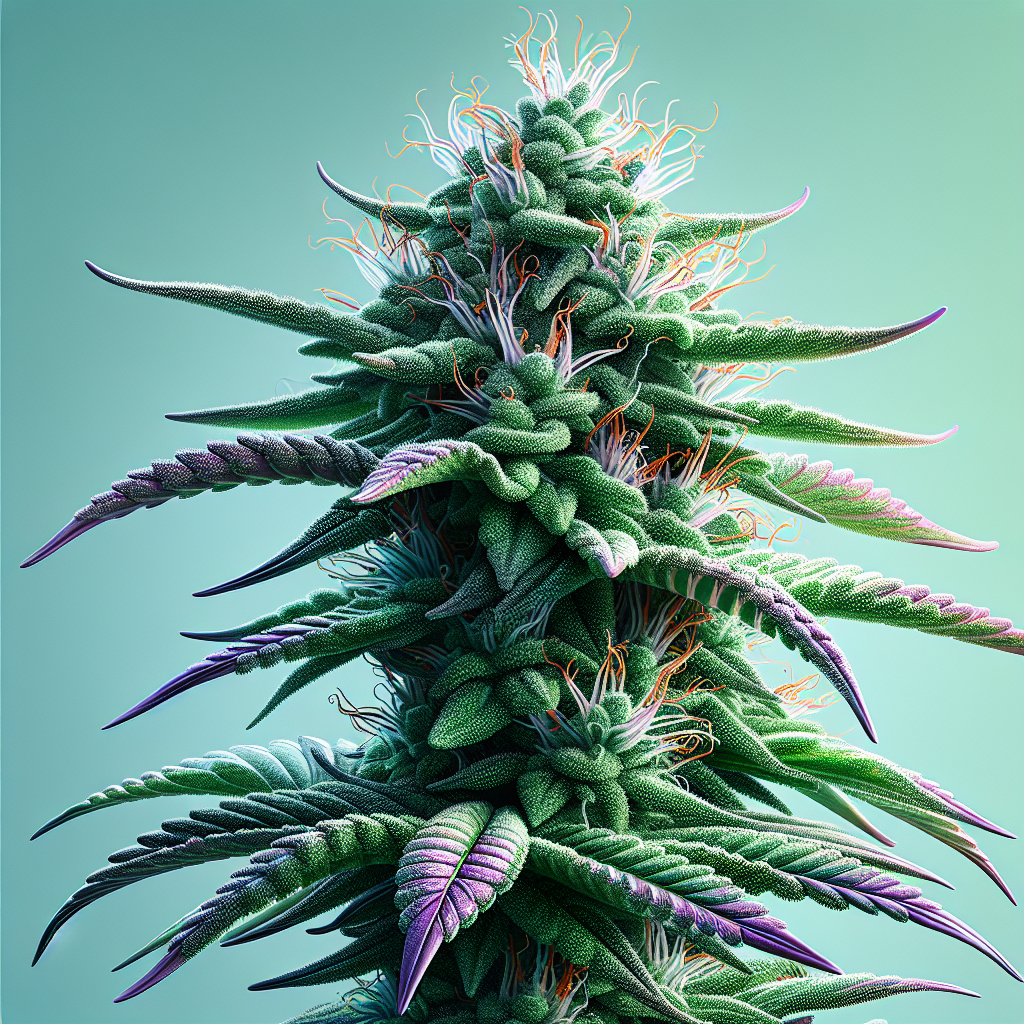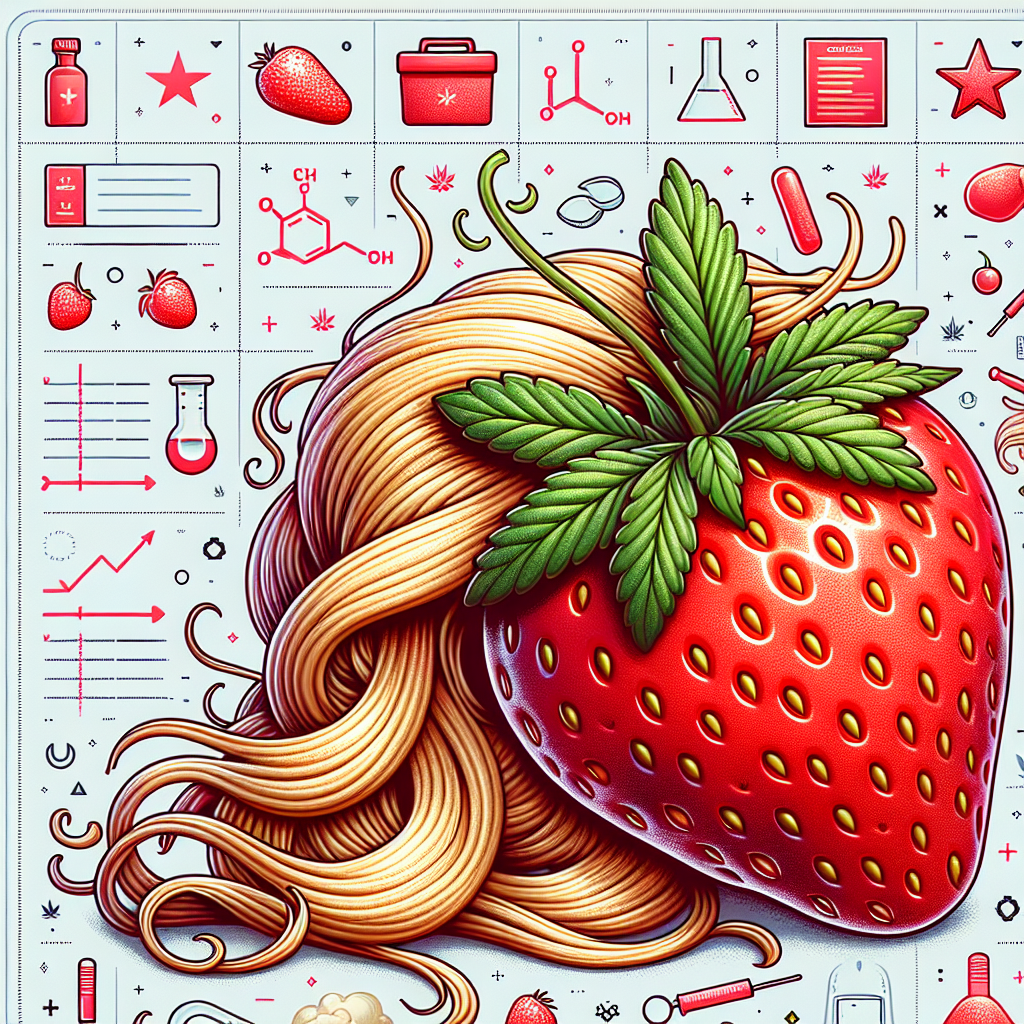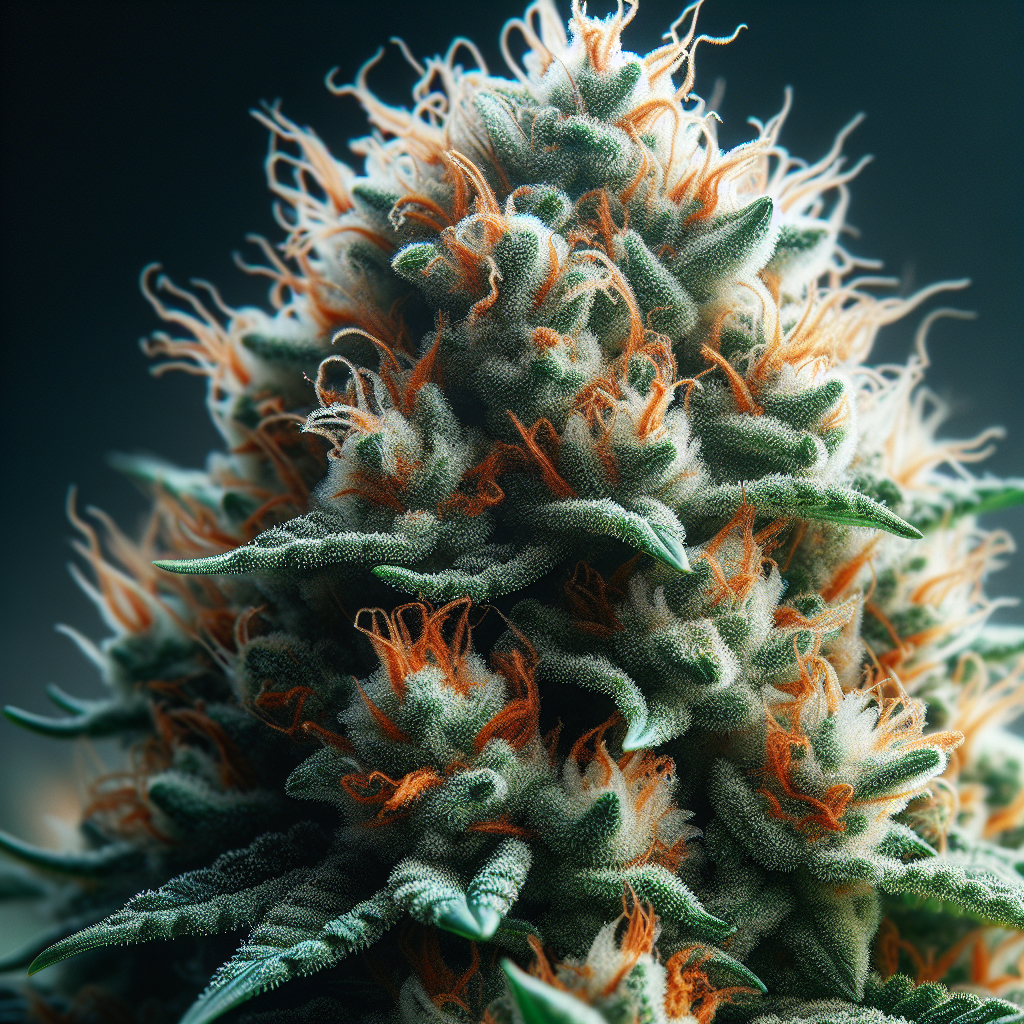The Essential Guide to Dabbing: Tools Every Beginner Needs
Dabbing has become a cornerstone of cannabis culture, evolving from a niche practice to a mainstream phenomenon. For many, dabbing offers a potent, flavorful experience that traditional methods of consumption cannot match. However, for beginners, the process may seem overwhelming. The key to becoming an adept dabber lies in understanding the tools involved, the techniques to employ, and the safety precautions to take. This guide aims to demystify dabbing, offering a comprehensive overview of the essential tools every beginner needs.
What is Dabbing?
Before delving into the tools needed for dabbing, it’s essential to define what it is. Dabbing involves vaporizing cannabis concentrates—highly potent forms of cannabis that have been extracted from the plant. These concentrates come in various forms, including wax, shatter, oil, and distillates, typically containing higher levels of THC than traditional cannabis flower. The dabbing process delivers rapid onset effects and intense flavors, making it a favorite among experienced users.
Understanding Concentrates
To start your dabbing journey, it’s crucial to familiarize yourself with the different types of concentrates you’ll encounter:
- Wax: A soft, waxy substance that can vary in texture. It’s often created using butane extraction and has a sticky consistency.
- Shatter: Glass-like and brittle, shatter is a type of concentrate known for its purity and potency. It resembles hard candy and can often break apart easily.
- Oil: Typically a viscous liquid, cannabis oil can be used in vape pens or traditional dabbing rigs. It’s often made through CO2 extraction.
- Budder: Similar in consistency to wax but whipped to increase its creamy texture, budder has a pleasant taste and is easy to manipulate.
- Rosin: Made through a solventless extraction process that uses heat and pressure. It’s favored for its purity and flavor profile.
Essential Tools for Dabbing
Every beginner must invest in the right tools to ensure a smooth dabbing experience. Below is a detailed breakdown of the essential equipment required for beginners.
1. Dabbing Rig
The dabbing rig serves as the central piece of equipment for the whole process. Essentially a specialized water pipe, a rig is designed to filter and cool the vapor you inhale. When choosing a rig, consider the following features:
- Material: Glass rigs are the most popular due to their heat resistance and flavor preservation.
- Size: Choose a size that suits your preferences. Smaller rigs offer ease of use and portability, while larger rigs may provide smoother hits due to increased water filtration.
- Percolators: Some rigs come with built-in percolators which further smooth out the hit and provide a cooler vapor.
2. Nail/Heating Element
The nail, or heating element, is the part of the rig where the concentrate is placed to be vaporized. There are several types of nails to consider:
- Quartz Nails: Popular for their ability to retain heat well and offer an excellent flavor profile, quartz nails heat up quickly and evenly.
- Ceramic Nails: These provide a clean taste and even heat but can be more fragile than quartz.
- Titanium Nails: Known for durability, titanium nails heat up quickly and retain heat well but can sometimes impart a metallic taste.
3. Torch
A butane torch is indispensable for heating the nail of your rig. When choosing a torch, consider:
- Size: Larger torches can heat the nail quickly but can be cumbersome. Smaller torches offer precision but may require more effort to use.
- Safety Features: Look for torches with safety locks to prevent accidental ignitions.
- Adjustable Flame: A torch that allows you to control the flame size will enable you to heat the nail to precise temperatures.
4. Dab Tools
Dab tools, also known as dabbers, are specialized instruments designed for handling your concentrates. They come in various shapes and materials but generally include the following types:
- Metal Dabbers: Often made of stainless steel, these are durable and easy to clean.
- Silicone Dabbers: Flexible and non-stick, silicone dabbers are user-friendly but may not offer the same precision as metal variants.
- Glass or Ceramic Dabbers: These provide a smooth interaction with concentrates and help avoid any unwanted flavors.
5. Carb Cap
A carb cap is a small dome-shaped accessory used to cover the nail after placing your concentrate. By capping the nail, you can create a vacuum effect that increases vapor production and maximizes flavor. When selecting a carb cap, consider the compatibility with your nail type and the style that enhances your rig’s aesthetics.
6. Silicone Mat
Dabbing can be a messy affair, especially when working with stickier concentrates. A silicone mat provides a non-stick surface for preparing and handling your material. They are easy to clean and help prevent waste.
7. Cleaning Supplies
Maintaining your dabbing equipment is crucial for achieving the best flavor and performance. Essential cleaning supplies include:
- Isopropyl Alcohol (IPA): A common solvent for cleaning your rig and other glass components.
- Cotton Swabs: For reaching tight spots and ensuring thorough cleaning.
- Pipe Cleaners: Useful for clearing out the rig’s percolators and other narrow areas.
8. Concentrate Storage
Proper storage of your concentrates will help maintain their potency and flavor. Consider the following storage options:
- Silicone Containers: These non-stick containers are ideal for storing concentrates and prevent waste.
- Glass Jars: Small glass jars with airtight seals are great for maintaining the freshness of your concentrates.
How to Dab: A Step-by-Step Guide for Beginners
Understanding your tools is just the beginning; you also need to know how to use them. Here’s a simple step-by-step guide for beginners:
Step 1: Prepare Your Rig
Before dabbing, make sure your rig is clean. Fill your rig with water until the percolator is submerged but not so much that it spills out of the mouthpiece.
Step 2: Heat the Nail
Using your butane torch, heat the nail until it is glowing red. This heating process usually takes around 30-60 seconds. Once the nail begins to cool down, it’s time to dab. The optimal temperature can vary depending on personal preference, but many users recommend dabbing between 300°F to 500°F (150°C to 260°C) to achieve the best flavor.
Step 3: Load Your Concentrate
Using your dab tool, scoop a small amount of concentrate (usually about the size of a grain of rice) and prepare to apply it to the heated nail.
Step 4: Dab and Cap
Immediately place the concentrate on the heated nail, and then cover it with your carb cap. This step helps in creating a vacuum, ensuring maximum vaporization.
Step 5: Inhale
As the vapor forms, inhale slowly through the mouthpiece of your rig. Depending on your rig’s design, ensure that you are inhaling deeply but not so forcefully that you compromise your enjoyment.
Step 6: Exhale and Enjoy
After inhaling, exhale slowly and enjoy the effects of your dab. It’s essential to be mindful of your pace, especially as a beginner, to gauge your tolerance.
Safety Tips for Dabbing
When dabbing, safety should always be a top priority. Consider the following tips to minimize risks:
- Use a Suitable Torch: Ensure you are using a reliable butane torch, as cheaper alternatives can fail or be dangerous.
- Avoid Flammable Materials: Keep your dabbing area free from flammable materials and work in a well-ventilated space.
- Be Mindful of Temperature: Touching a hot nail can lead to serious burns, so always ensure that you are careful when handling heated components.
- Start Slowly: Especially as a beginner, take small dabs until you understand your tolerance. Dabbing concentrates can deliver a stronger effect than traditional flower.
FAQ Roundup
1. What is the difference between dabbing and smoking?
Dabbing involves vaporizing cannabis concentrates, which have a higher THC content than traditional cannabis flowers. In contrast, smoking typically refers to burning the flower, leading to different effects and methods of consumption.
2. Are there any risks associated with dabbing?
Yes, potential risks include inhaling harmful substances, especially if the concentrates are not properly sourced. Additionally, incorrect usage of torches and nails can lead to burns or other injuries.
3. How do I choose the right nail for my rig?
Choosing the right nail depends on personal preferences and the type of rig you own. Quartz nails are popular for flavor, while titanium nails are favored for durability. Ensure compatibility with your rig’s joint size.
4. Can I dab with a traditional bong?
Yes, you can dab with a traditional bong by using an appropriate nail or banger attachment. However, make sure to be mindful of the unique characteristics and requirements of dabbing.
5. How often should I clean my rig?
Regular cleaning is recommended. Aim to clean your rig after every few uses to maintain optimal flavor and performance. If you notice a buildup of residue, it’s a sign your rig needs attention.
6. What are some good concentrates for beginners?
Beginners may want to start with high-quality wax or shatter, as they are easier to handle and produce flavorful hits. Experimenting with different types will help you discover your personal preferences.
7. What should I do if I accidentally burn myself?
If you suffer a burn, cool the area with running water for several minutes. If the burn is severe, seek medical attention promptly.
Conclusion
Dabbing can be a rewarding and flavorful way to consume cannabis concentrates. While it may seem daunting at first, understanding the essential tools and techniques can simplify the process and enhance your experience. By investing in quality equipment and practicing safety, you will be well on your way to becoming a seasoned dabber. Always start slowly, enjoy responsibly, and, most importantly, have fun exploring the world of dabbing.





